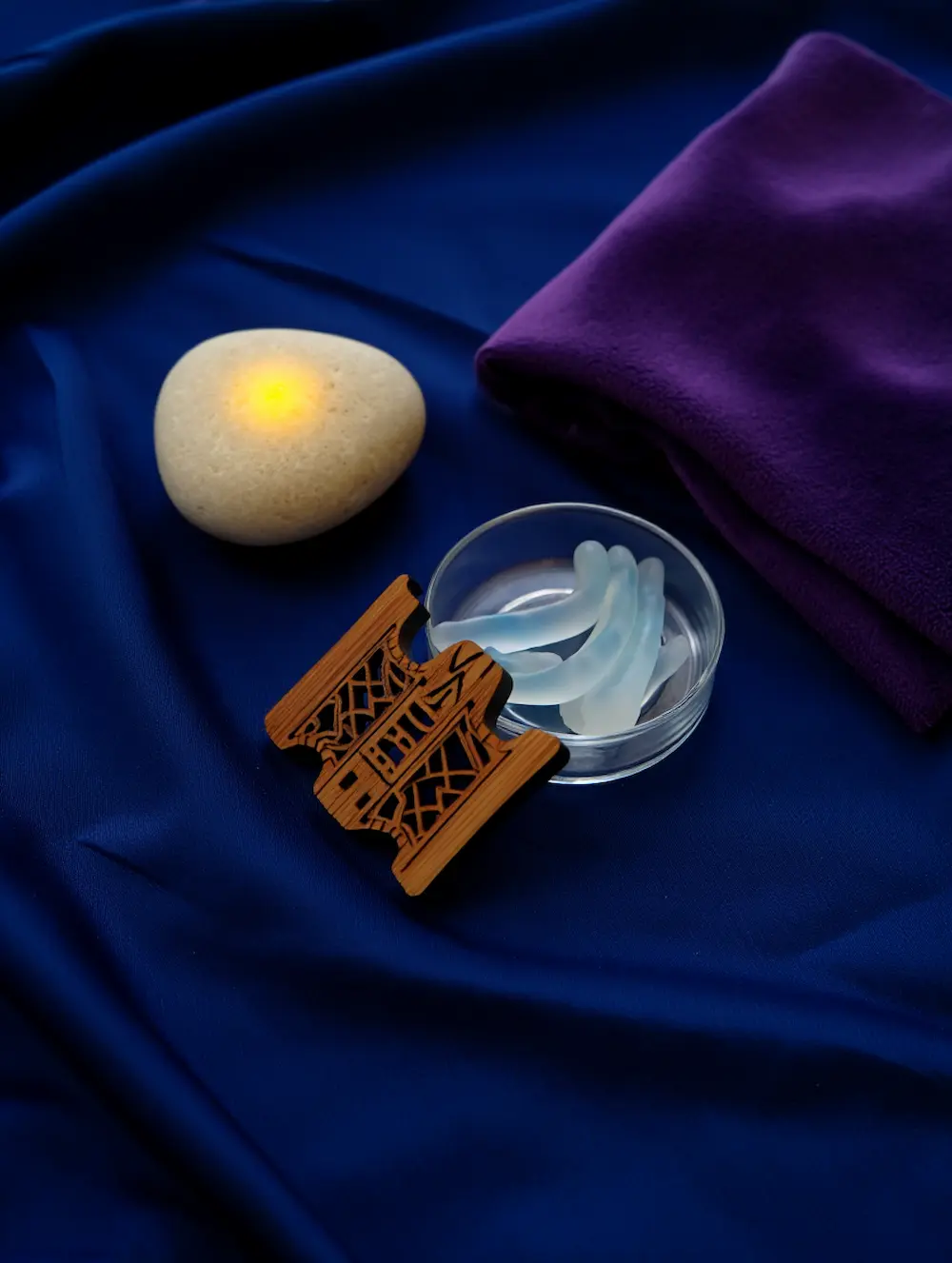Touch & Texture Toolkit: Finding Your Tactile Calm | NeurodiverseNights Blog

Our sense of touch is deeply connected to our feelings of safety and regulation. While we often mention soft blankets in posts like Crafting Calm, the world of tactile input offers a much richer toolkit for self-soothing, especially for neurodivergent individuals who may have unique sensory preferences or needs.
Exploring different textures and types of touch can be a powerful way to ground yourself, manage anxiety, or provide the specific sensory input your nervous system craves. It's about discovering what feels genuinely calming *to you*.
Expanding Your Tactile Horizons
Consider incorporating a variety of touch sensations into your calming practices:
- Varied Textures: Go beyond basic softness. Explore smooth, cool surfaces (like polished stones or metal), slightly rough but natural textures (worn wood, certain fabrics like linen), plush velvet, slippery silk, bumpy or ribbed fabrics. Notice how different textures feel against your fingertips versus your arm or cheek.
- Fidgets with Feel: Many fidget tools offer distinct tactile experiences – squishy balls, spiky rings, clicking buttons, putty or slime with different resistances, textured tangle toys.
- Gentle Pressure: Deep pressure can be incredibly calming. This can come from weighted blankets or lap pads, a firm but gentle hug (if welcome!), self-massage (hands, feet, shoulders), or even just firmly pressing your palms together or against your legs.
- Temperature Play: The sensation of warmth (a warm cloth, a mug of tea) or coolness (a cool stone, a smooth metal object) can be grounding. Notice which temperature feels more regulating for you in different moments.
- Mindful Exploration: Take a few moments to simply *notice* the tactile sensations already present – the feel of your clothes, the texture of your chair, the air on your skin. As discussed in Listening to Your Body's Signals, just noticing without judgment is valuable.
Honouring Sensitivities
It's crucial to remember that tactile sensitivities are common. What one person finds soothing, another might find intensely irritating or overwhelming (e.g., specific fabric tags, seams, light touch). Part of building your toolkit is identifying not just what feels good, but also what feels unpleasant, and honouring those boundaries.
Experiment gently and curiously. Keep small, pleasingly textured objects accessible. Pay attention to how different tactile inputs affect your mood and energy levels. Your sense of touch can be a powerful, readily available anchor for finding your calm.
Enjoyed this post? Help us create more content like this by supporting NeurodiverseNights on Patreon! Get early access to podcast episodes, bonus content, and more.
Become a Patron